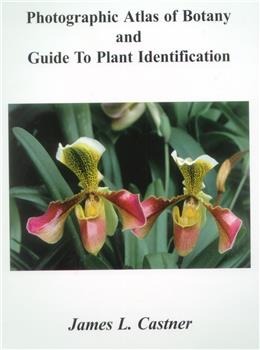Photographic Atlas of Botany and Guide to Plant Identification
Photographic Atlas of Botany and Guide to Plant Identification is backordered and will ship as soon as it is back in stock.
Couldn't load pickup availability
Genuine Products Guarantee
Genuine Products Guarantee
We guarantee 100% genuine products, and if proven otherwise, we will compensate you with 10 times the product's cost.
Delivery and Shipping
Delivery and Shipping
Products are generally ready for dispatch within 1 day and typically reach you in 3 to 5 days.
Book Details
-
Author: Dr. James L. Castner
-
Publisher: Scientific Publishers
-
Language: English
-
Edition: 1st Edition
-
Year of Publication: 2008
-
ISBN: 9788172335397
-
Pages: 310
-
Cover: Hardcover
About the Book
The Photographic Atlas of Botany and Guide to Plant Identification by Dr. James L. Castner is an invaluable resource for students of General Botany and Plant Taxonomy. The book combines Dr. Castner's teaching experience and photographic skills to offer a comprehensive guide to plant identification, ideal for college students, Master Gardeners, field biologists, and even interested laymen.
With over 2000 color photographs, this book illustrates the structural characteristics and anatomical features of major plant families and taxonomic groups, including Angiosperms, Gymnosperms, and Ferns. These photographs are specially taken for the book and provide a detailed visual guide that directly complements botany courses.
The book also includes explanations and illustrations of external and microscopic anatomy, covering essential plant parts like roots, stems, leaves, flowers, and fruit. A comprehensive glossary of specialized botanical terms is provided to help students understand the terminology used throughout the text.
This guide is especially helpful for botany professors and lab instructors, as it ensures consistency across lab sessions. It also gives students the chance to compile a plant reference collection that they can take home, making it a practical and interactive learning tool for those studying plant biology.





